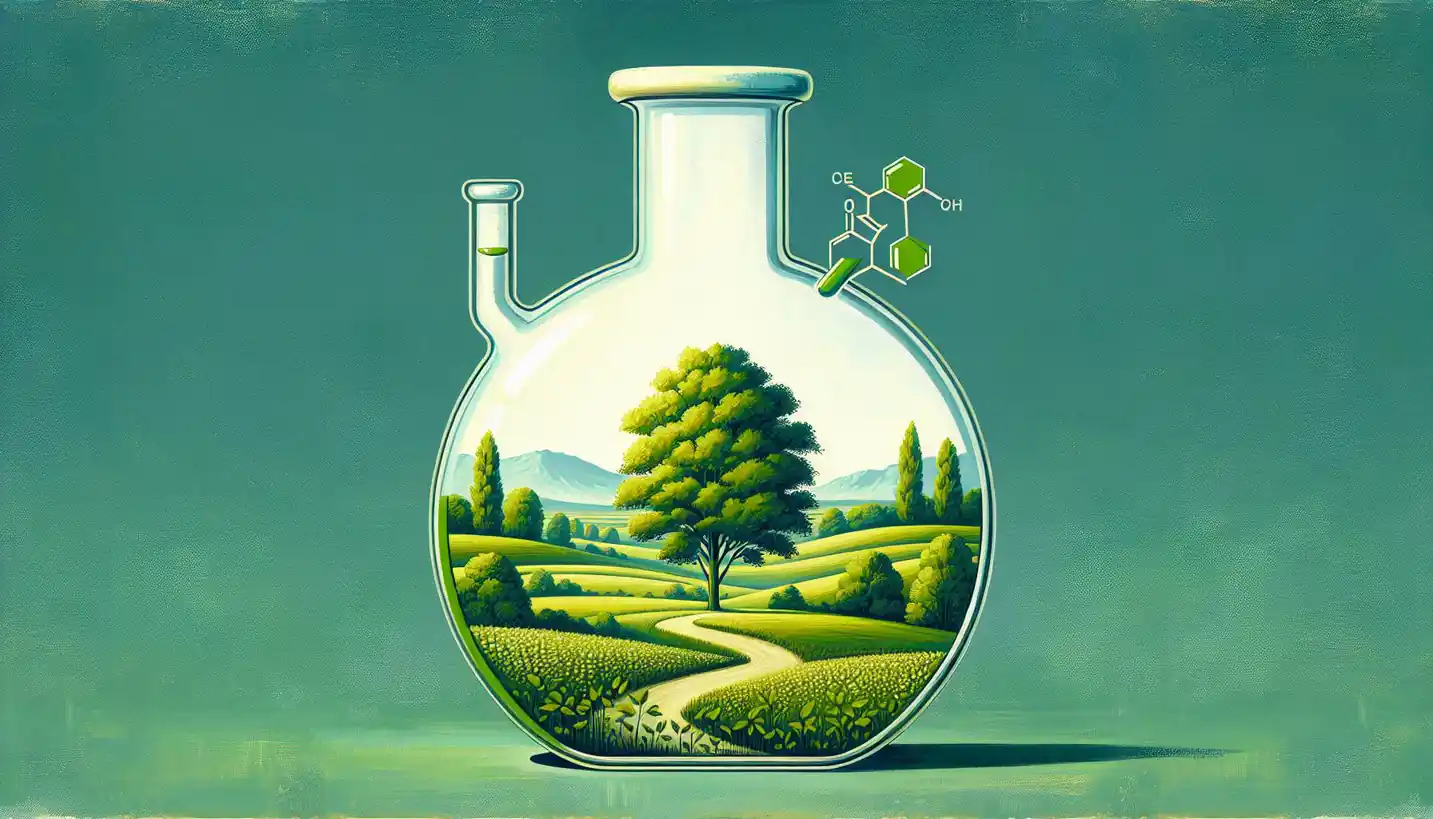· Chemistry · 4 min read
Enzyme Inhibition: Unlocking the Secrets of Medicinal Chemistry
Discover enzyme inhibition's vital role in medicinal chemistry, shaping drug design by controlling biological processes.

Wandering down the rabbit hole of medicinal chemistry, let’s dive into the captivating world of enzyme inhibition. This concept is like a key player in the grand game of chemistry, having a profound impact on how medicines are designed and how they work in our bodies.
What Are Enzymes and Why Do They Matter?
Enzymes are like tiny machines in our cells. They speed up chemical reactions, making processes in our bodies happen smoothly and quickly. Without them, simple reactions would take ages. Imagine trying to cook dinner but having to wait centuries for water to boil. That’s life without enzymes.
These nifty proteins are crucial for everything from digestion to energy production. So, when we’re talking about enzymes, we’re really discussing the unsung heroes of our biological functions.
The Role of Enzyme Inhibition
Now, what happens if we need to slow down or stop a reaction in the body? This is where enzyme inhibition comes in. Think of it like putting a roadblock in front of a speeding car. By blocking or slowing down an enzyme, we can control the chemical reactions it carries out. This concept is a cornerstone in creating medications that treat various diseases.
Types of Enzyme Inhibition
There are two main types: reversible and irreversible inhibition. Each plays a unique role in medicinal chemistry.
Reversible Inhibition: This is like temporarily blocking the enzyme. Imagine placing a “Do Not Enter” sign on a door. The enzyme can’t work until the sign is removed. Drugs using reversible inhibitors can stop enzymes from working without causing permanent changes.
Irreversible Inhibition: This is more like changing the lock on the door. The enzyme’s active site is permanently altered. This kind of inhibition is powerful but can be risky because it permanently deactivates the enzyme.
How Does Enzyme Inhibition Work in Medicine?
In medicine, enzyme inhibitors can be lifesavers. Let’s explore a few real-world examples.
Fighting Infection
Take antibiotics, for instance. Many of them work by inhibiting bacterial enzymes. These drugs stop bacteria from building their cell walls, effectively killing them off. Penicillin, a famous antibiotic, functions this way, saving countless lives.
Managing Chronic Conditions
Consider statins, used to lower cholesterol levels. They inhibit an enzyme in the liver responsible for producing cholesterol. By blocking these enzymes, statins help manage conditions like heart disease.
Combatting Cancer
In cancer treatment, one strategy is to block enzymes that cancer cells need to grow. By cutting off these essential reactions, it’s like pulling the rug out from under the cancer cells. This approach can slow or stop tumor growth.
The Science Behind It
Digging deeper, let’s understand the scientific mechanics. Enzyme inhibitors often resemble the enzyme’s natural substrate, the substance the enzyme acts on. They bind to the enzyme and box out the normal substrate, stopping the usual reaction.
Sometimes, inhibitors bind to parts of the enzyme other than the active site. This changes the enzyme’s shape, rendering it inactive. It’s like putting a clamp on a flexible straw – it’ll never work the same way again.
Challenges and Future Directions
Although enzyme inhibition is a powerful tool, it’s not without challenges. One big issue is specificity. We want drugs to target only the problematic enzymes, not all similar enzymes in the body. Imagine trying to remove just one grain of rice from a bag without spilling any – tricky, right?
Medicinal chemists are constantly seeking ways to improve specificity and reduce side effects. Advances in computer-aided drug design and biotechnology are leading the way, allowing scientists to design inhibitors that are more precise and effective.
The Bigger Picture
Enzyme inhibition opens up intriguing possibilities beyond medicine. It’s being explored in agriculture to control pests and in biotechnology to create more efficient industrial processes. Think of enzyme inhibitors as versatile tools, adaptable to solve various problems.
Curiosity and Innovation
What new breakthroughs might enzyme inhibition lead to? Could we design inhibitors that fine-tune enzyme activity rather than just block it? The potential is huge, and curiosity drives innovation in how we understand and manipulate these vital proteins.
By exploring enzyme inhibition, we’re not just crafting better medicines. We’re unlocking new ways to understand life itself, pushing the boundaries of what we can achieve in chemistry and beyond.
So, the next time you take a pill, remember this tiny, invisible battle happening inside, where science elegantly wields the art of inhibition for the betterment of health and discovery.
Dive deeper into this captivating topic and explore how much more there is to learn and innovate. The future of medicinal chemistry is rich with possibilities, largely thanks to the fascinating dance of enzymes and their inhibitors.



